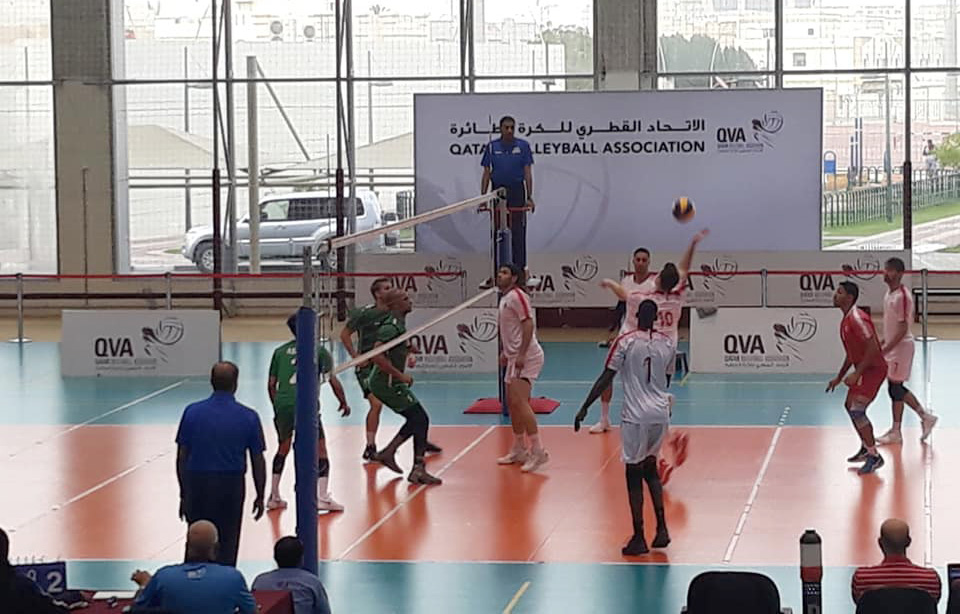Beach Volleyball is one of the fastest developing sports in the world. It was one of the first sports sold out at Rio Olympics in 2016.
With Dubai blessed with vast and beautiful beaches and with a beautiful weather over 7 months a year no wonder beach volleyball is growing fast and gains more popularity among both kids and adults. At RIO Academy we have seen number of players on the beach doubled since 2019. More and more teenagers and adults are picking up the new sport every year.
What are the main differences between beach and indoor volleyball. Though very similar there are some significant differences between the two sports.
1. Environment
Indoor volleyball doesn’t have weather to contend with. You’ve got four walls, a roof, and air conditioning to keep each match climate-controlled for players and fans. On the beach, playing conditions are very different. There is a sand court and unpredictable or uncontrollable weather, humidity, heat, wind and sun. This is the reason of teams switching the sides of the court every 7 points (every five points on a deciding set). This ensures that neither team has an advantage due to environmental factors such as wind and sun glare.
Also because of the differences in environment, body posture alters in some way. For indoor, you mostly use your wrist and arms whereas beach is a bit more demanding on your whole body and legs specifically .When setting, for example, you ought to make the ball hang where you need it to and not just swing and power through like indoors. And because of the sand, the approach is slower and jumps lower, whereas indoor allows you to maximize your jump.
To properly play beach volleyball you need to have a good fitness level since only 2 players in a team and its much harder to run fast and jump high on the sand, Check out our beach fitness classes specifically designed for beach volleyball endurance and agility.
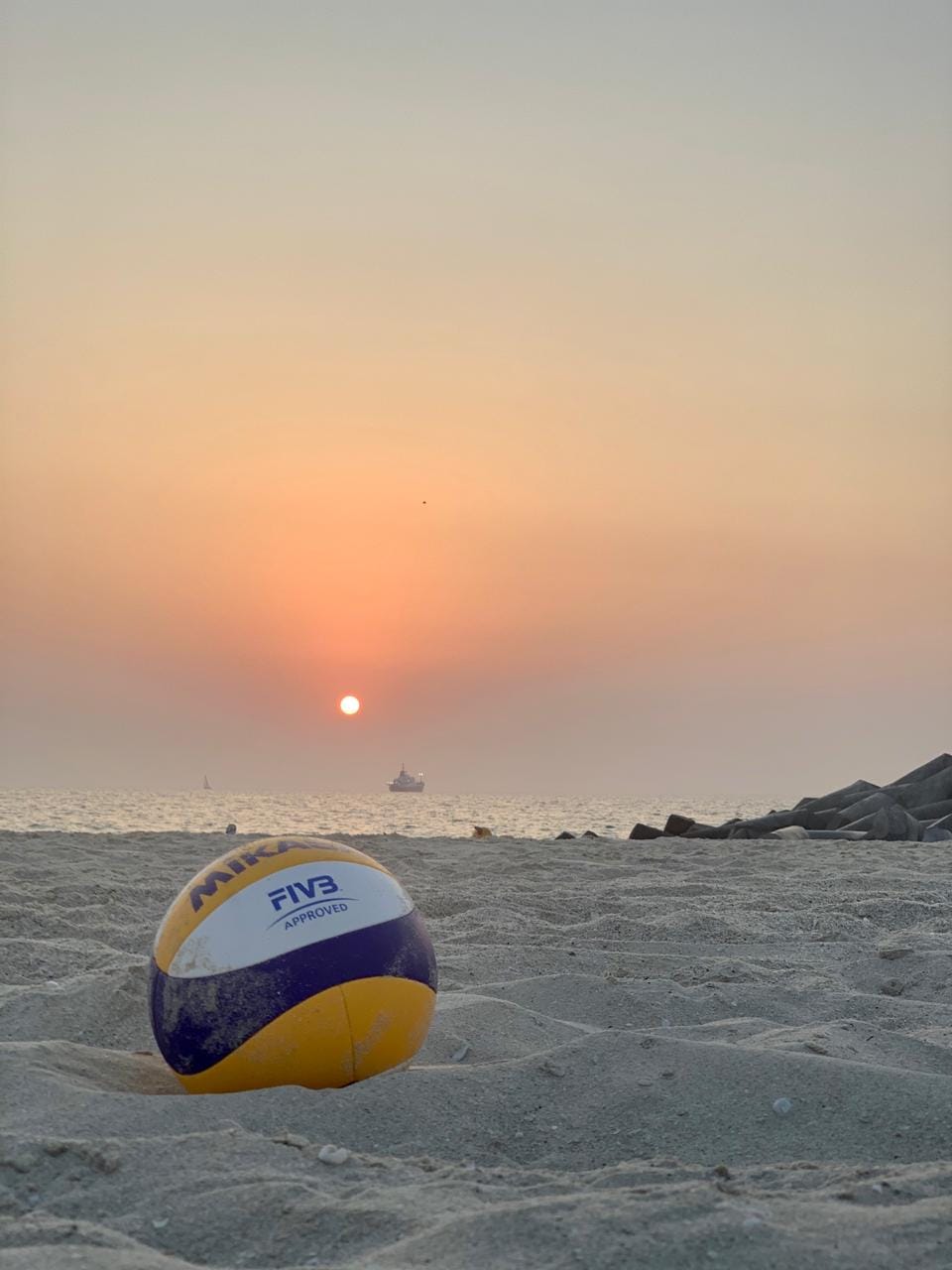
2. Court Size
Court sizes for indoor and beach volleyball are very different. Indoor courts are 18m x 9m, It has a parallel attack line, 3m from the center line. During an indoor game, the back row players must stay behind the attack line when hitting a ball.
A beach volleyball court is 16m x 8m, with no clear attack line. Movement is less restricted on the beach, players can hit the ball from anywhere. A smaller court ensures that the ball will stay live longer and rallies will be more entertaining.
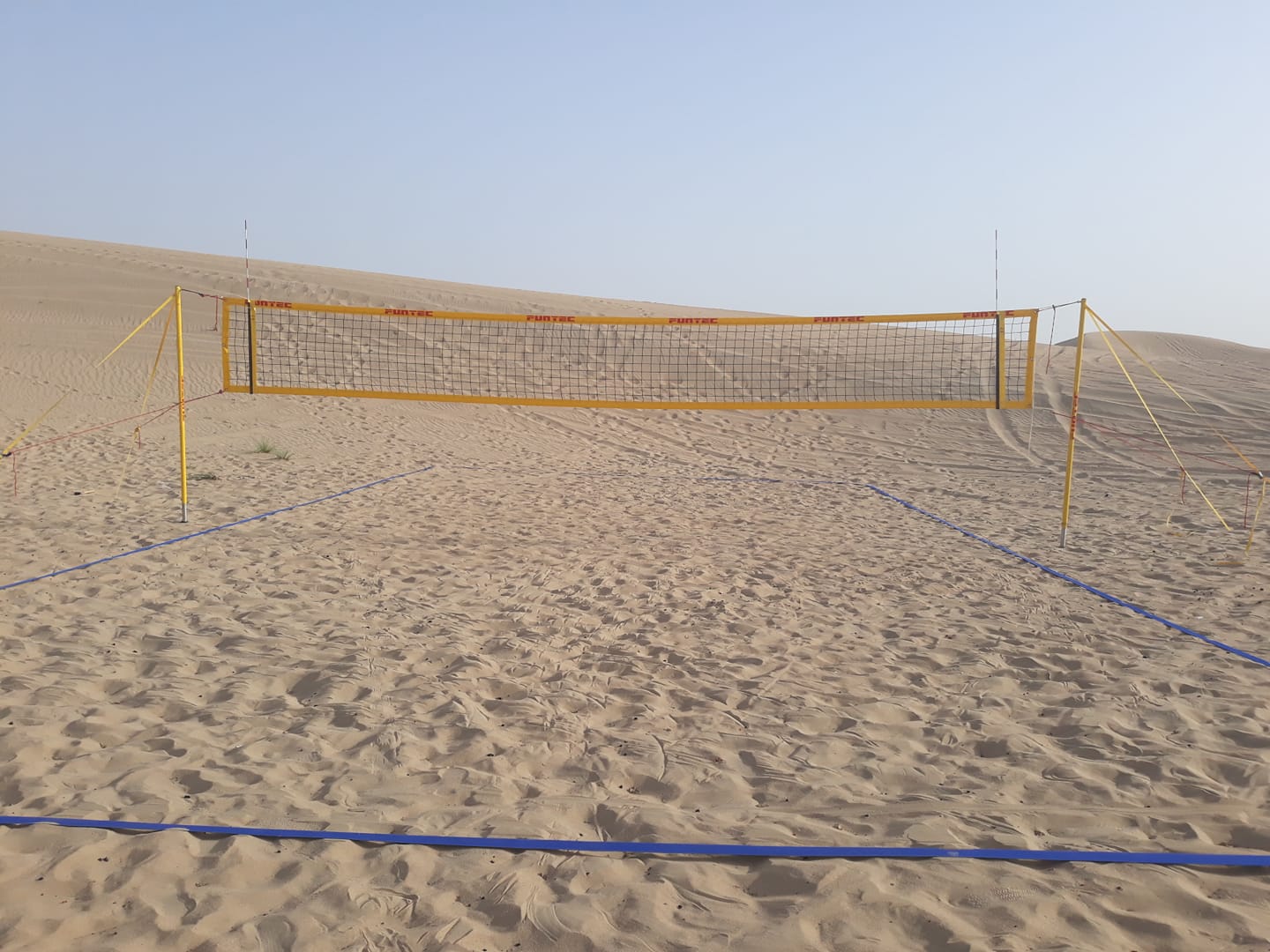
3. Ball
Indoor volleyballs are made of leather and are heavier than outdoor balls. An adult ball is 65 to 67 centimetres or 25.5 to 26.5 inches in circumference .Indoor volleyball is a game of power and the heavier balls move quicker and can be hit harder.
The beach, or outdoor, volleyball has to be able to live up to any type of condition: rain, sunrays, heat, and sand. The ball is about 26 to 27 inches in circumference or 66 to 68 centimetres and slightly lighter. Due to the larger size, it gives the ball a feeling of floating through the air. That matters when it takes more time to travel through the sand.
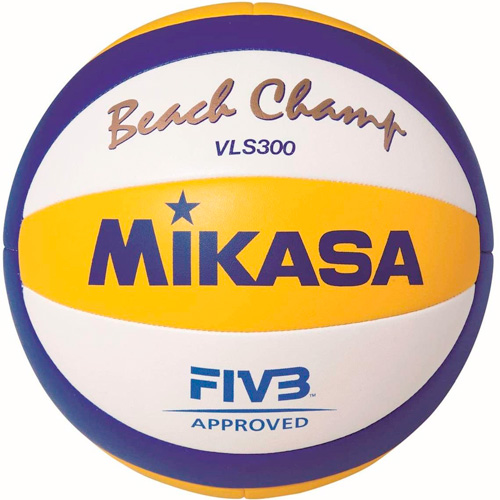
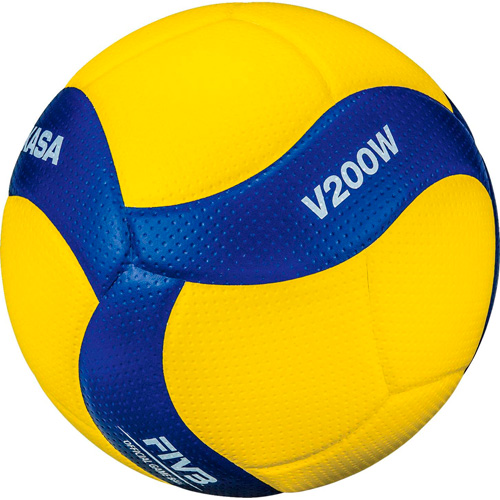
4. Team Size
Indoor volleyball has six players per team on the court and they can substitute players up to six times per set. Each person has a specialized position and there are complex rotations and switches going on throughout games to ensure that each person remains in their designated position.
Beach volleyball team consists of two players. There are no specialized positions and no substitutions. This means that beach volleyball players require a versatile skill set, as opposed to specializing in one skill. Fewer players on court also results in the utilization of a wider variety of attack shots in beach volleyball – roll shots, cut, shots, pockeys.
Coaching during beach volleyball matches is not allowed, although exceptions are given for junior tournaments and can only occur when switching sides.
{gallery}blog/18-07-2021/teams-gallery{/gallery}5. Scoring
Scoring is a big difference between both sports. In indoor volleyball, a set is won by the first team to score 25 points. Beach volleyball is played to 21. In indoor volleyball, a team must win 3 sets to win the game, and on the sand, the game is won by the first team to win 2 sets.
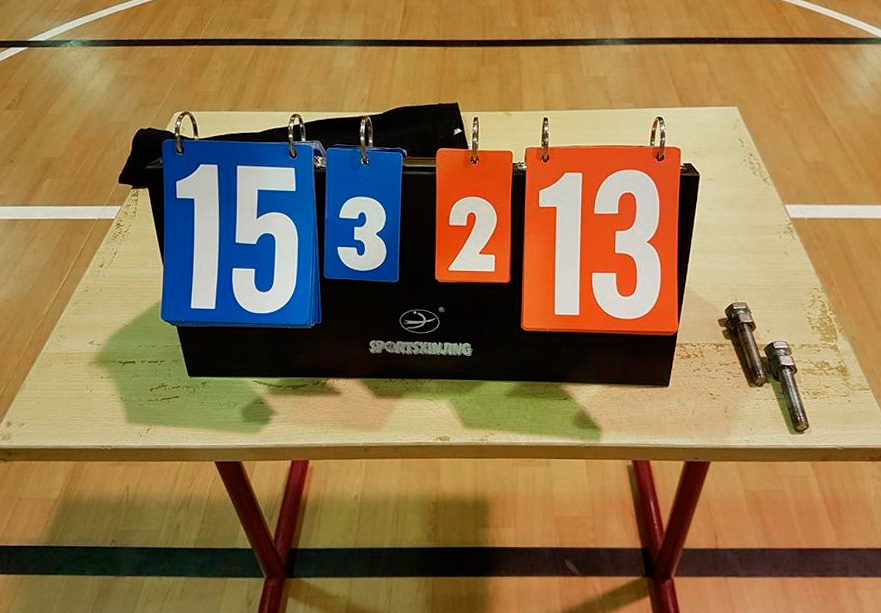
6. Rules
There is a number of beach volleyball rules which are very different from indoor volleyball.
- Open hand tips are not allowed as they would allow players to score points too easily
- A touch off the block counts as one of the three allowed touches in beach volleyball, and either player may make the subsequent touch after the block
- It is legal to cross under the net in beach volleyball as long as it does not interfere with opponents' play
- At the first hit of the team when playing overhand with fingers, consecutive contacts are not permitted, and the play with fingers has to be judged in the same manner as the second ball
- A ball set over the net as an intentional attack must travel perpendicularly to the player's shoulder line. But, if it was just an attempt to set the teammate, the play continues without a fault
- The standard for a lift fault during an overhand pass is less strict than in indoor games—it is legal to allow the ball to come to rest for a small period of time.
